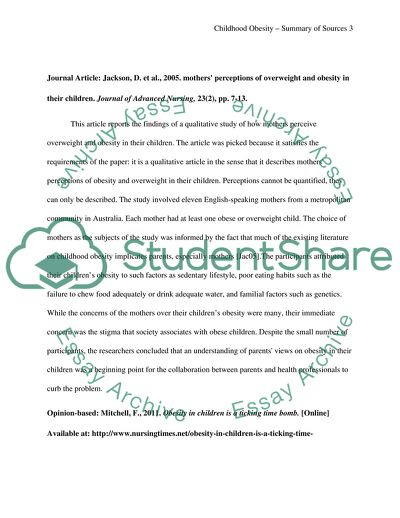Cite this document
(Not Found (#404) - StudentShare, n.d.)
Not Found (#404) - StudentShare. https://studentshare.org/medical-science/1861147-obesity-in-preadolescent-children
Not Found (#404) - StudentShare. https://studentshare.org/medical-science/1861147-obesity-in-preadolescent-children
(Not Found (#404) - StudentShare)
Not Found (#404) - StudentShare. https://studentshare.org/medical-science/1861147-obesity-in-preadolescent-children.
Not Found (#404) - StudentShare. https://studentshare.org/medical-science/1861147-obesity-in-preadolescent-children.
“Not Found (#404) - StudentShare”. https://studentshare.org/medical-science/1861147-obesity-in-preadolescent-children.


